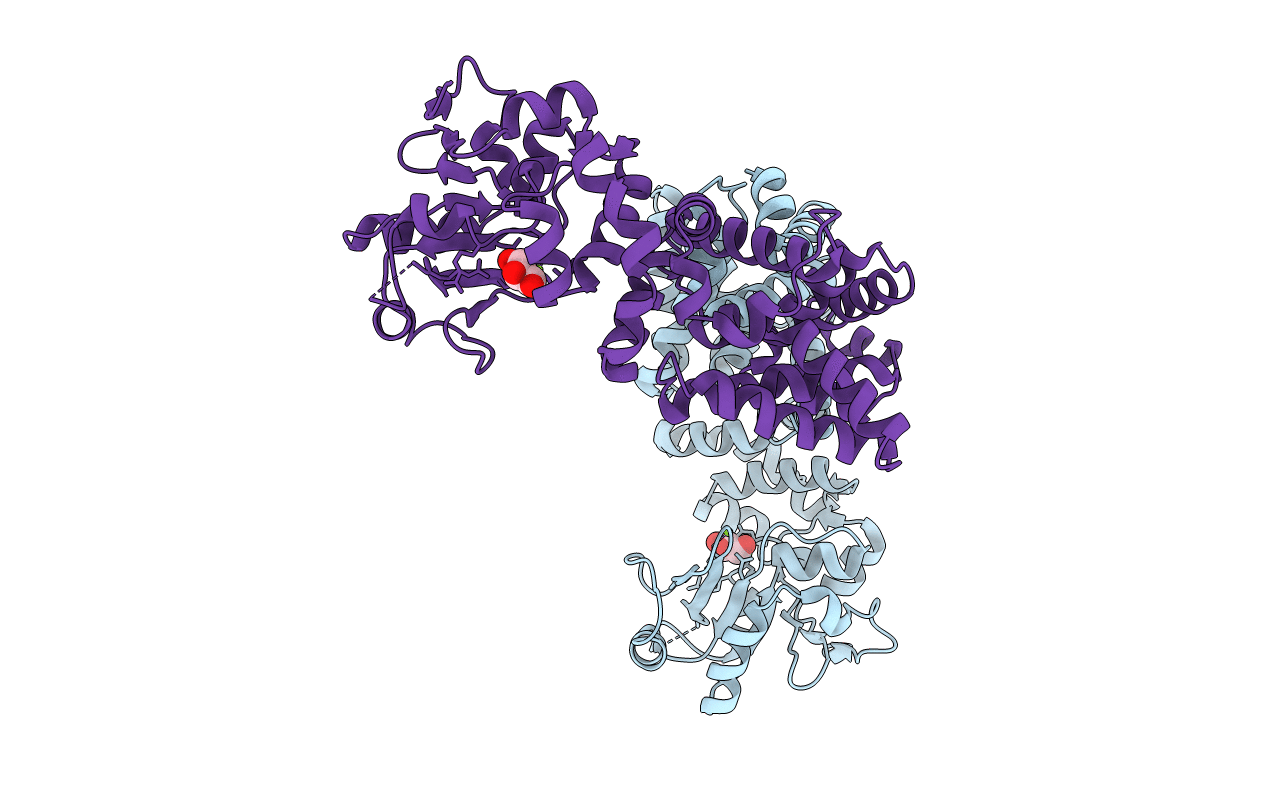
Deposition Date
2010-11-09
Release Date
2011-02-09
Last Version Date
2024-03-13
Method Details:
Experimental Method:
Resolution:
3.00 Å
R-Value Free:
0.25
R-Value Work:
0.23
R-Value Observed:
0.23
Space Group:
P 42 21 2


